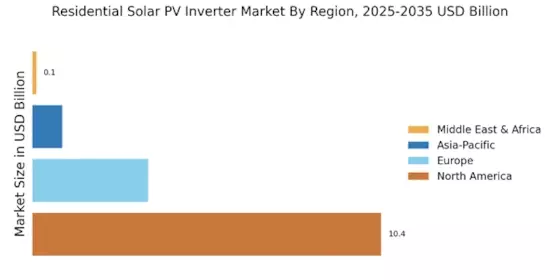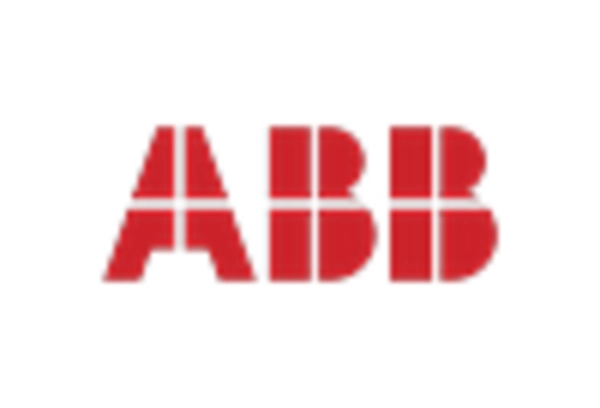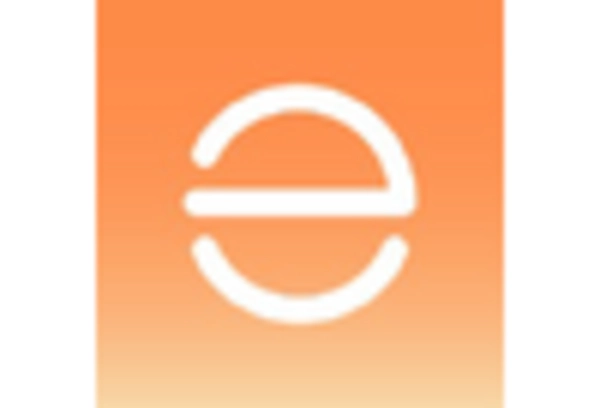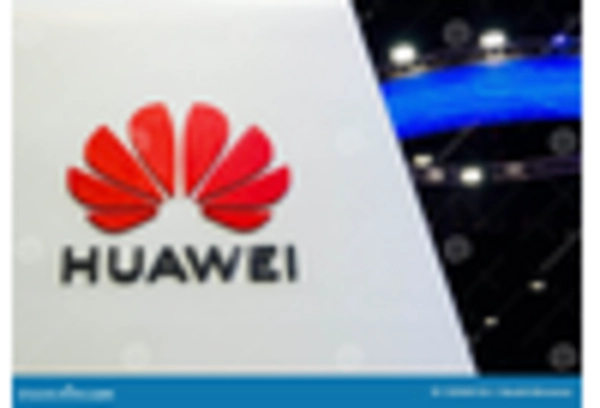Rising Electricity Prices
Rising electricity prices are a compelling driver for the Residential Solar PV Inverter Market. As utility rates continue to climb, homeowners are increasingly seeking alternative energy solutions to mitigate their energy costs. The financial incentive to invest in solar energy systems becomes more pronounced as electricity prices rise, making solar PV inverters an attractive option for many households. In 2025, it is projected that residential electricity prices will increase by an average of 3% annually, further motivating consumers to consider solar installations. This trend not only drives demand for residential solar PV inverters but also encourages homeowners to seek energy independence. Consequently, the market is poised for growth as more individuals turn to solar energy as a viable solution to rising energy expenses.
Government Policies and Incentives
Government policies and incentives play a crucial role in shaping the Residential Solar PV Inverter Market. Many governments worldwide have implemented favorable policies to promote renewable energy adoption, including tax credits, rebates, and feed-in tariffs. These incentives significantly lower the financial barriers for homeowners considering solar installations. For instance, in 2025, several regions are expected to offer enhanced incentives for residential solar systems, which will likely boost inverter sales. The supportive regulatory environment encourages investments in solar technology, thereby driving the demand for residential solar PV inverters. As these policies evolve, they will continue to influence market dynamics and foster growth in the industry.
Cost Reductions in Solar Technology
Cost reductions in solar technology have emerged as a significant driver for the Residential Solar PV Inverter Market. Over the past few years, the prices of solar panels and associated equipment have decreased markedly, making solar energy more accessible to homeowners. Reports indicate that the average cost of solar PV systems has dropped by nearly 50% since 2010, which has directly influenced inverter sales. As the cost of solar installations continues to decline, more households are likely to invest in solar energy solutions, thereby increasing the demand for residential solar PV inverters. This trend not only enhances market growth but also stimulates competition among manufacturers to develop cost-effective and high-performance inverters.
Increasing Demand for Renewable Energy
The rising demand for renewable energy sources is a pivotal driver in the Residential Solar PV Inverter Market. As consumers become more environmentally conscious, the shift towards sustainable energy solutions has accelerated. In 2025, it is estimated that residential solar installations will account for a substantial portion of new energy capacity, with projections indicating a growth rate of approximately 20% annually. This trend is fueled by the desire to reduce carbon footprints and reliance on fossil fuels. Consequently, the demand for efficient solar PV inverters, which convert solar energy into usable electricity, is likely to surge. This increasing demand not only supports the growth of the Residential Solar PV Inverter Market but also encourages innovation in inverter technology, enhancing efficiency and performance.
Technological Innovations in Inverter Design
Technological innovations in inverter design are transforming the Residential Solar PV Inverter Market. Advances in inverter technology, such as the development of microinverters and power optimizers, have improved the efficiency and reliability of solar energy systems. These innovations allow for better energy management and maximization of solar output, which is particularly appealing to homeowners. In 2025, it is anticipated that the market will witness a surge in demand for smart inverters that integrate with home energy management systems. This trend not only enhances user experience but also aligns with the growing interest in smart home technologies. As a result, the Residential Solar PV Inverter Market is likely to benefit from these advancements, leading to increased adoption of solar solutions.


















Leave a Comment